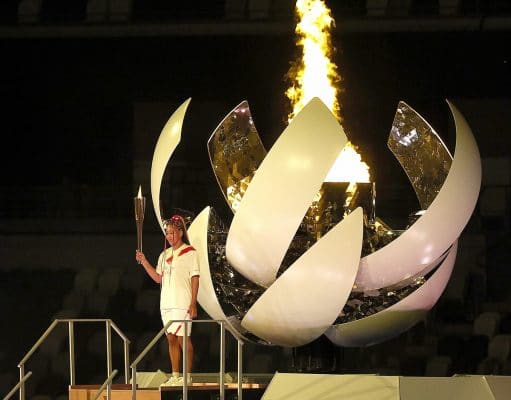Inspired by the sun, the Tokyo Olympic cauldron is designed to be better for the planet.
The flame at Tokyo’s National Stadium and another cauldron burning along the waterfront near Tokyo Bay throughout the games will be sustained in part by hydrogen, the first time the fuel source will be used to power an Olympic fire.
Previous flames have usually run on propane, although magnesium, gunpowder, resin and olive oil have also been used since the first modern cauldron was lit for the Amsterdam Games in 1928. The torch relay was introduced eight years later for Berlin.
Unlike propane, hydrogen does not produce carbon dioxide when combusted. The Tokyo cauldron is fueled by hydrogen produced by a factory in the Fukushima prefecture that runs on renewable energy. Propane and hydrogen were both used during the torch relay.
The Tokyo cauldron was designed by Canadian architect Oki Sato. His sun-inspired orb unfolds like petals from a flower, which organisers say “embody vitality and hope”.
Tennis player Naomi Osaka lit the torch with performers from throughout the ceremony holding sunflowers, famous for blooming toward the sun.

















